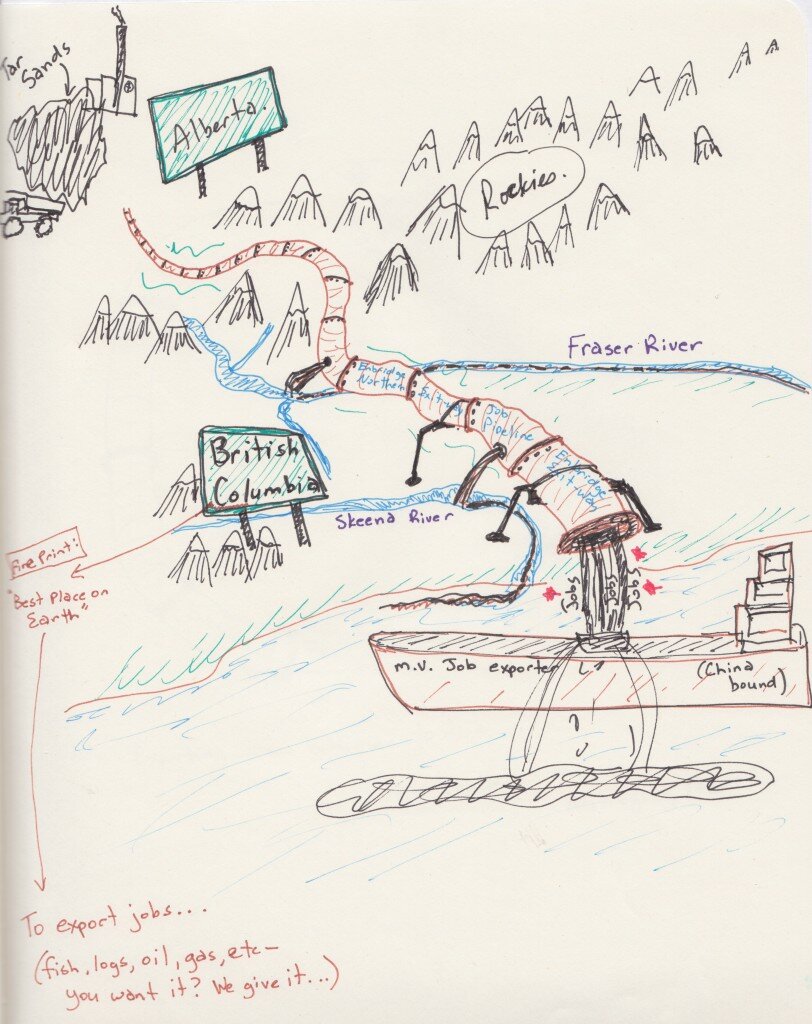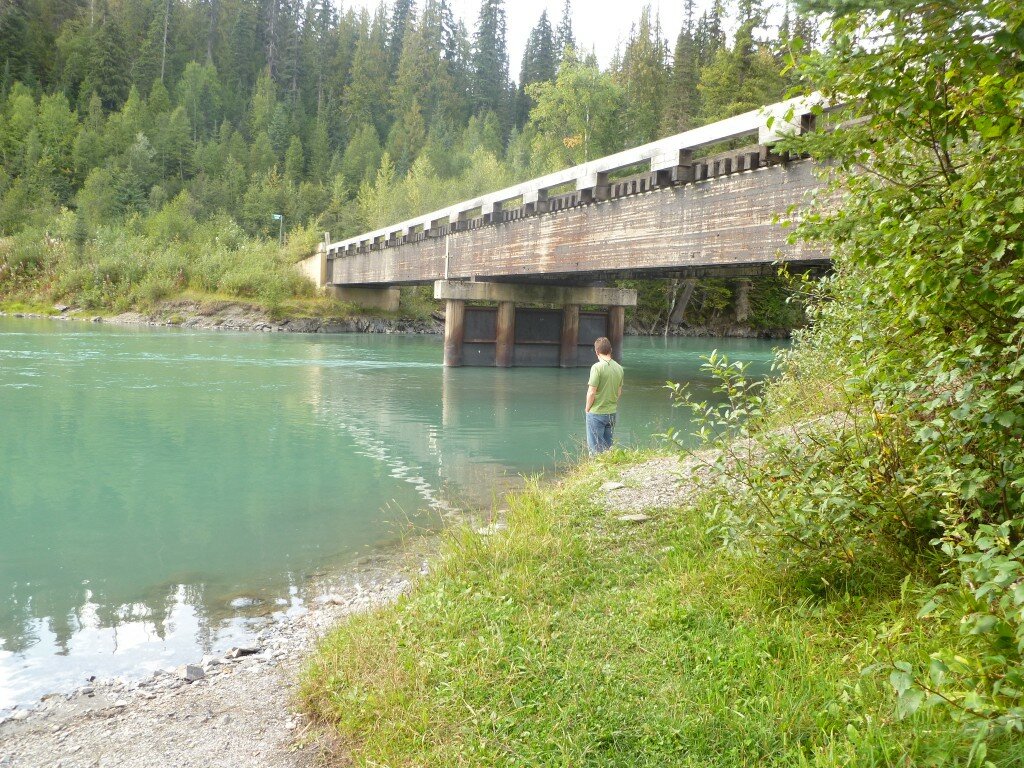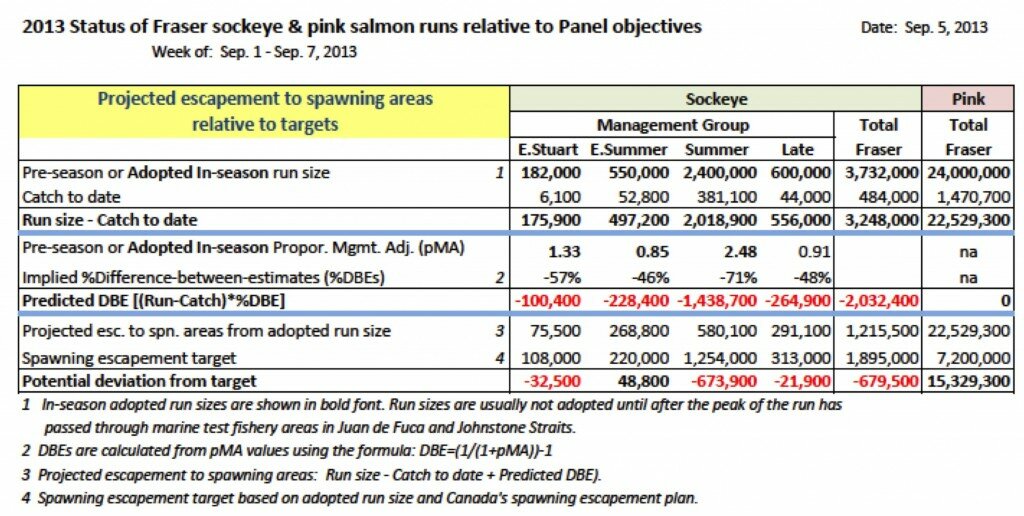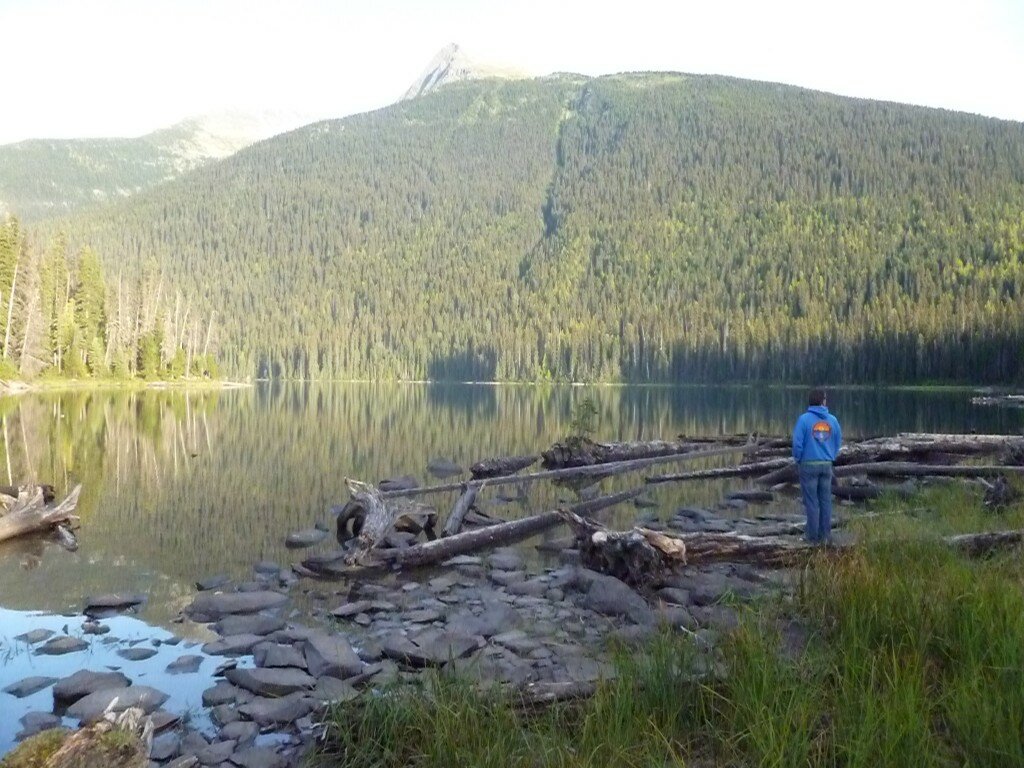An interesting series of articles running in the Vancouver Sun on iron dumping in the North Pacific last year and what the Federal government knew or didn’t know. Classic case of the left hand and the right hand… not knowing what each other are doing. (or not caring…)
Federal officials were aware of the Haida Salmon Restoration Co.’s ‘rogue science’ plans to dump iron dust at sea long before last summer’s seeding project went ahead. So why was Ottawa caught by surprise? Officials say they thought they had deterred the group with legal warnings. Yet the company was upfront about its plans in public meetings on Haida Gwaii.
When the Haida Salmon Restoration Corp. spread 100 tonnes of iron sulphate and 20 tonnes of iron oxide in the northwest Pacific in the summer of 2012, government officials scrambled to distance themselves from the project.
Yet there is plenty of evidence officials knew what the Haida Gwaii company was considering long before the dumping took place.
In October 2012, Peter Kent, then the environment minister, told the House of Commons that his department never received an application for the project and did not approve “this demonstration of rogue science.”
The government line has since been that Environment Canada staff met with the company in Victoria on May 7, 2012, when the company was warned of the Canadian Environmental Protection Act’s disposal at sea legislation.
On Aug. 29, 2012, officials learned the iron dumping had happened in international waters west of Haida Gwaii. They began an investigation the next day. Kent said he personally was informed in late August as well.
But according to documents released under an Access to Information request, “Environment Canada first became aware the proponent was considering ocean fertilization in 2011” and contacted the corporation’s representatives on several occasions to advise them of the national and international provisions surrounding disposal at sea.
An information flyer was provided to the company, “due to the contact already made on the issue.”
Then the 120 tonnes of iron were released into the Pacific between July 14 and Aug. 3 last year, causing international uproar.
The Vancouver Sun has learned that another federal department was earlier willing to spend government money on the project.
According to documents filed in Federal Court in Vancouver, Industry Canada approved two funding proposals submitted by the Haida Salmon Restoration Corp. under the Industrial Research Assistance Program and the National Research Council.
Approvals were given in March and July 2012, before the dump, but were revoked in November 2012, after the project incited a media storm. Haida Salmon company representatives applied for a judicial review of the decision to terminate the funding, arguing they were “undertaking research that was fostered by the existing government of Canada program, and in particular the IRAP funding process for ocean science.”
The application asks for the reinstatement of an undisclosed amount of money as well as a statement of reasons for revoking the government funds. None were given, according to the court documents, which were filed in December 2012.
According to Haida Salmon director and operations manager Jason McNamee, the funding was in the $75,000 range and was to be applied to a summer student and the development of low-cost marine instruments that could be used in future projects.
Haida elder and vocal opponent Gloria Tauber was horrified by the iron dumping proposal from the beginning, calling local politicians, writing letters to the editor of the Queen Charlotte Observer and phoning representatives from various government agencies. Tauber, who has lived on the island all her life and only rarely uses Internet, faxed pleas and background information to government representatives at the Department of Fisheries and Oceans as well as Environment Canada as late as May 2012, three months before the dump.
Nobody was listening, she said.
“I felt like what I was doing wasn’t making a difference,” she said.
Once the news broke, she became one of the most outspoken critics of ocean fertilization, which has been banned since the 2008 London Convention of the International Maritime Organization, a United Nations body.
The plans for iron dumping were made very clear on the islands of Haida Gwaii, also known as the Queen Charlottes.
The Council of the Haida Nation distanced itself from the project, but a series of public meetings was held in the community of Old Massett back in March 2011. That spring, less than 200 people cast a ballot in a public vote on spending the band’s money on the $2.5-million project, with 57 voting against it. About 700 people live in Old Massett.
An update appeared in the Old Massett Village Council newsletter in late February 2012, saying “we are on track to head offshore in about three months.”
“(The Haida Salmon Restoration Corp.) is always telling the world the ‘Haida people’ support them,” Tauber said. “It’s the Old Massett Village Council that goes along with it … it isn’t the ‘Haida people’ they’re representing.”
Officials with the provincial Crown corporation Pacific Carbon Trust also met with Haida Salmon Restoration Corp. representatives before the iron dump, even visiting their chartered fishing boat when it was still docked in Victoria on July 12.
While the primary Haida Salmon Restoration Corp. goal was to cause a surge in plankton, and indirectly boost salmon stocks, the company has argued the process leads to plankton pulling carbon dioxide from the air. The company argued the process should be eligible for those seeking to buy carbon credits.
“We advised them on July 30 that we didn’t think the project was eligible,” said Hope Hickli, Pacific Carbon Trust’s spokeswoman.
She was unable to divulge the details of the application, but said it was rejected for carbon credits because the iron bloom would be in international water.
“Pacific Carbon Trust conducted a review of the project, and with government, determined the project would not meet the requirements of the B.C. emission offsets regulation,” she said. The technical description of the project was received by the Trust, and said it would “replenish ocean mineral micronutrients … using natural, iron ore mineral compounds.”
The Canadian Centre for Ocean Gliders in Sidney, which lent two robotic underwater measuring devices to the project, has a collaboration agreement with the federal government and access to equipment at the Institute of Ocean Sciences, a Department of Fisheries and Oceans marine science facility, also in Sidney.
Staff at the institute were aware of the company, if informally, said Paul Lacroix, director of the ocean glider centre. Well-known scientific maverick Russ George and other Haida Salmon Restoration Corp. representatives visited the institute on several occasions, sometimes after hours, to learn how to calibrate the gliders.
“There’s no conspiracy. The Haida (company) approached me, they wanted to use a glider for a scientific project. It’s in our mandate,” Lacroix said.
“They weren’t hiding (their intentions). I wasn’t hiding anything. Nobody was hiding anything,” he said, adding no government resources went to the project.
George (who is no longer with the Haida Salmon Restoration Corp.), along with the summer student hired on the promise of Industry Canada funding, chemist Craig Mewis, attended a conference at the Pacific Biological Station, a DFO research station in Nanaimo in March 2012.
They attended under the company name and were referred to as “a First Nations ocean research group” in the conference report, which also said the workshop was “timely for the Haida Salmon Restoration Corporation (financed by the First Nation government) to help develop plans for their upcoming cruise to evaluate the health of Haida Gwaii marine ecosystem.”
The conference was hosted by government scientist Andrew Edwards.
The company was upfront about its plans, McNamee said.
“Anybody who Googles Haida Salmon Restoration Corp. – and everyone was well aware Russ George was one of the directors – and then Googles Russ George, and knew we were working at sea, you can’t tell me you don’t know what we’re doing. It was well known,” he said.
The Haida Salmon Restoration Corp. has filed an application in B.C. Supreme Court to set aside the search warrant that was executed on March 27 by Environmental Protection Act enforcement officers, arguing the basis of the search warrant, the 2008 London Protocol against ocean dumping, is not legally binding in Canada.
The next hearing in the case is expected in December.
According to a blog post written by Haida Salmon Restoration CEO John Disney, who is also the economic development officer of Old Massett, the officers “stormed” the company’s Vancouver offices, seizing lab notes, samples, hard drives, cellphones and documents during a raid that lasted overnight and into the next morning.
Disney also claimed in the blog post the officers were “fully armed and equipped with bulletproof vests and multiple support gear.” (The federal department says officers do not carry arms, but may wear body armour and carry other protective equipment such as batons.) Other sites were searched as well, including the Victoria offices of the charter fishing boat company that leased the vessel to the company last summer.
Under the Canadian Environmental Protection Act, disposal at sea is prohibited without a permit, and no permit application process exists for ocean fertilization. Those projects or proposals that “do not qualify as legitimate scientific research would be regarded as disposal at sea, which is prohibited under CEPA 1999,” and any projects that will yield direct financial gain are disqualified.
“You don’t need a permit for ‘legitimate science,’ but we don’t have a process in place to consider whether your science is legitimate or not. What kind of nonsense is that?” said Haida Salmon Restoration lawyer Jay Straith.
And the Haida goal was primarily about science, he said, not carbon sequestration. Sequestration by a plankton bloom is not only unproven, but too small in this case to yield any financial gain at all. “No one’s going to get rich off 100 tonnes of iron … at best it will subsidize what (the company) is doing.”
But representatives also pointed out the contradiction between the prohibition against financial gain during scientific research and the recent public shift in focus at the National Research Council to fund only projects with a commercial application, announced this May.
Peter Kent, federal environment minister when the iron dumping took place, said in an interview last week that he thought the search warrant would stand up in court, and he continues to follow the story, even though he’s no longer in cabinet.
“Some research in this area may well be justified under very controlled circumstances by approved scientific bodies. But I think their plan had a getrich-quick aspect to it, which was selling carbon credits. That was a really irresponsible pitch on behalf of the promoter.”
“An awful lot of members of the band themselves recognized it was a pipe dream and wasn’t particularly responsible in terms of environmental precautions.”
It was possible a meeting had been held with his department’s officials as early as 2011, but he was unaware of the project until summer 2012, Kent said, calling it “very alarming and very concerning.”
In May 2012, it was “all hypothetical … the department folks didn’t think anything of it. There was nothing suspicious and nothing to be pursued because they advised the proponents what the law was and what the regulations were.”
“The enforcement folks at Environment Canada on the West Coast had a visit and basically thought they had shut down the proposal in the spring. They never heard anything else until the reports came out the dump had taken place.”
Environment Canada would not comment last week on when exactly the department knew about the ocean fertilization.
“Our government takes seriously its commitment to protect the environment. When Environment Canada became aware of an alleged violation of federal environmental laws it began an investigation,” spokesman Mark Johnson wrote in an email.








